Prepare for Flooding: What to Do Before, During, and After a Flood
Floods can occur anywhere in the world and cause loss of life, property, and huge financial damage. Therefore, it’s crucial to prepare for flooding. In this article, Weather365 will share preparedness tips before-during-after floods to keep you and your loved ones safe. Read now!
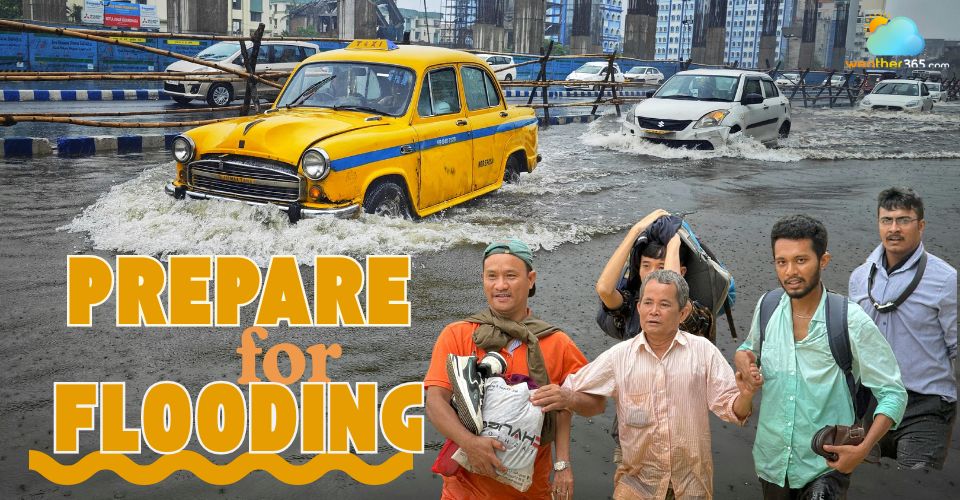
How can we prepare for a flood?
When should you prepare for flooding?
Floods can strike with little warning and may affect areas even when it isn’t raining locally ( Read more: What causes floods?).
Water from heavy storms, upstream river surges, or sudden infrastructure failures can travel great distances, causing flooding in places that have never experienced it before.
This makes everyone potentially vulnerable, regardless of recent weather or past flood history.
Therefore, create a flood plan now, ensure everyone in your household knows what to do, and have emergency supplies ready.
Stay informed by signing up for flood alerts and checking your insurance coverage.
Early preparation is key to staying safe during a flood.
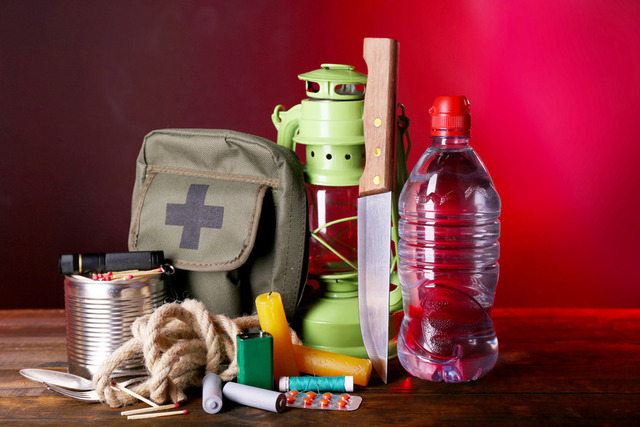
It’s crucial to prepare a flood
Know the flood alerts and warnings
Three warning levels indicate the risk to your life or property before, during, and after a flood.
After a flood, authorities may issue an Advice or Watch and Act depending on the ongoing hazards and risks.
A warning is only given when there is an imminent threat to lives and homes.
-
Flood Advisory: This is the least severe alert. It means flooding is possible or occurring but expected to be minor, causing inconvenience or nuisance rather than danger. People should stay aware and exercise caution, but usually do not need to take immediate action.
-
Flood Watch: Issued when conditions are favorable for flooding within the next 24 to 48 hours. Flooding is possible but not certain. It means you should be prepared, monitor weather updates, and have plans in place in case the situation worsens.
-
Flood Warning: The most urgent alert, indicating flooding is imminent or already happening and poses a risk to life and property. You need to take immediate action, such as moving to higher ground or evacuating flood-prone areas
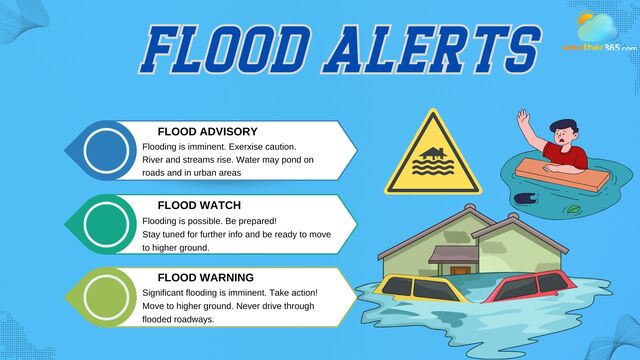
Difference among Flood advisory, watch, warning
Prepare for Flooding
To prepare for flooding, you should first make a flood plan and then take several other actions.
Make a flood plan
Making a flood plan involves identifying flood risks, creating clear evacuation routes, and designating safe meeting points for your household.
It includes preparing an emergency kit with essentials like food, water, and medications, and ensuring everyone knows what to do before, during, and after a flood.
A good flood plan helps reduce risks and speeds up response and recovery efforts
You also take reference from below.
A flood plan for family should address:
-
When do you plan to evacuate?
-
Where do you store your emergency kit?
-
What will you do if some household members are away, like at work or school?
-
Where will you go, and what route will you take to get there?
-
If you cannot leave your home, where is a safe place to take shelter?
-
Who is responsible for shutting off electricity, gas, and water? Are they trained to do so?
-
Where can you access sandbags, window tape, and tie-down materials?
-
Where is the closest evacuation center?
-
What path will you follow to get there? (You can contact local authorities to find this information.)
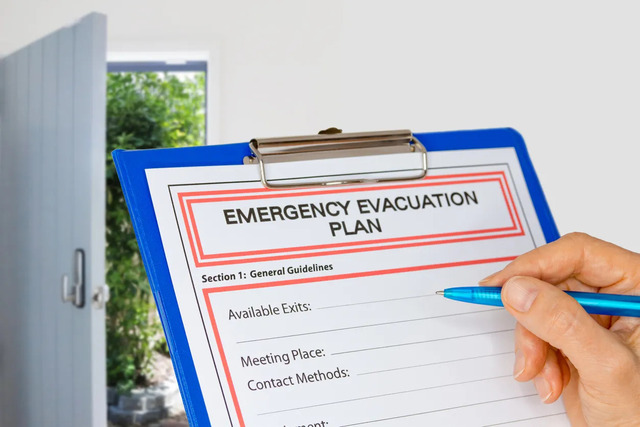
Making a flood plan is very important
A flood plan for pet should address:
-
Will your pets and animals stay during a flood? Normally, only guide and assistance dogs are allowed at evacuation centers.
-
When do you plan to move your pets and animals to safety?
-
Are your pets’ registration details and collar tags current and accurate?
-
How will you provide extra food, water, and bedding for your pets during an emergency?
Prepare emergency supply kits
Preparing emergency supply kits for your home, vehicle, and workplace ensures you have essential items during the first days after a flood.
Kits should include at least a three-day supply of water (one gallon per person per day) and non-perishable food, flashlights, batteries, a first aid kit, medications (7-day supply), and hygiene items.
Also include important documents, cell phone chargers, cash, maps, and emergency contact information. If you have pets, add their food, water, collar, leash, and carrier.
Regularly check and replenish supplies like water, food, batteries, and medications to keep your kits ready.
For detailed checklists, read the flood emergency kit at Weather365.com.
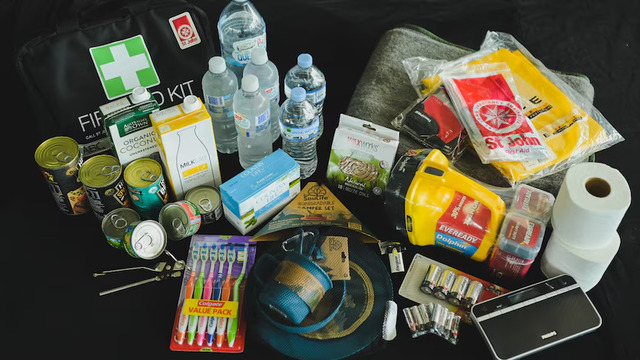
Build an emergency kit
Maintain awareness
Stay alert to the risk of flooding to give yourself and your family enough time to prepare for evacuation.
Keep up-to-date with incoming storms, weather watches, warnings, and evacuation orders from the local authorities.
Television and radio provide important weather updates and emergency alerts before and during severe weather.
Consider getting a radio that can receive National Weather Service broadcasts to ensure you don’t miss critical information.
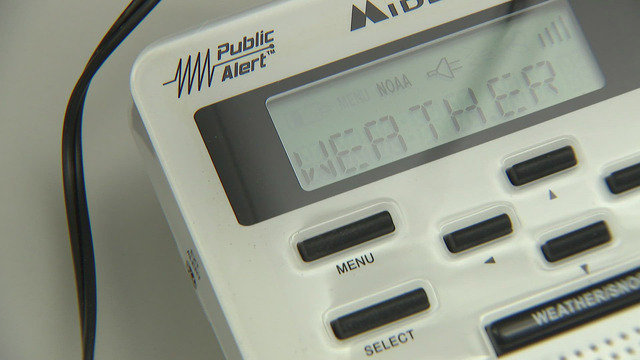
Using radio to update information
Prepare your pets and livestock
Before a flood, you should take some action to protect your pets and livestock:
-
Move pets and livestock to safer areas early, such as relatives’ homes, boarding facilities, shelters, or evacuation centers that accept animals.
-
When relocating pets, bring non-perishable food, bowls, leash or carrier, toilet litter/newspapers, medications, medical records, and vet contact info.
-
Also, you should think about a plan to move livestock: Use internal fences and gates to avoid moving animals on public roads. Mark the gates and water points on a property map. In extreme danger, consider cutting fences to let animals escape, then collect them later.
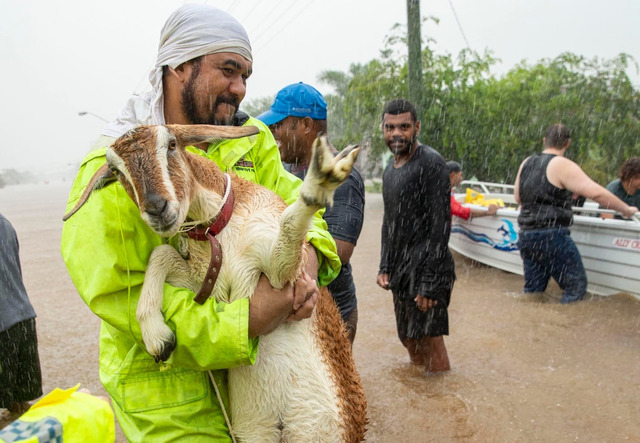
Move pets and livestock to a safer area before a flood
If you can’t move animals before a flood:
-
Keep pets indoors if possible; don’t tie them outside.
-
Keep pets in rooms with few or no windows.
-
Provide ample food and water in heavy, stable containers; consider a slow-dripping tap for a constant water supply.
-
Create elevated refuge areas with furniture for pets to reach higher ground.
-
Provide toilet litter and separate bedding.
-
Ensure all pets have proper ID.
-
Leave a note for emergency services detailing the number and type of animals in the home and your contact information.
Prepare your property
When you prepare for flooding, do not forget to do these things to protect your property:
-
Check your home, contents, and car insurance covers flood damage.
-
Know how to turn off the electricity, gas, and water mains.
-
Stock emergency supplies like drinking water containers, extra fuel, and sandbags.
-
Store chemicals and poisons above ground level.
-
Identify items to raise or move if flooding occurs.
-
Consider replacing carpets with flood-resistant flooring.
-
Relocate power points and sockets well above floor level.
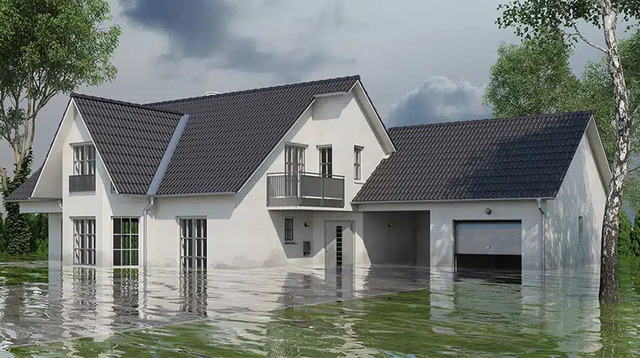
Prepare your property before a flood
What to do during a flood?
During a flood, follow these key actions:
-
Check everyone’s safety and account for all family members.
-
Stay informed by attending to local news, weather updates, and official alerts via radio or apps.
-
Turn off utilities such as electricity, gas, and water mains
-
Avoid floodwaters. Do not walk, swim, or drive through flooded areas due to contamination and electrical risks.
-
Take emergency essentials with you if evacuating, including identification, medications, food, water, and emergency kits.
-
Evacuate promptly when advised by authorities, using safe routes and informing someone of your destination.
-
Leave a note for emergency responders about your pets, livestock, and anyone remaining at home.
-
Communicate with family, coworkers, or stakeholders to update on your status and plans.
These flood safety tips help protect life and property, minimize damage during flooding.
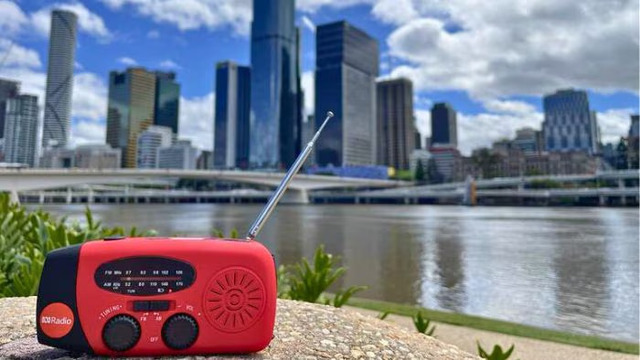
Up-to-date weather news via radio
What to do after a flood?
After a flood, take the following steps to recover safely and effectively:
-
Contact your insurance company immediately before discarding any damaged items. Ask what costs are covered and whether temporary housing is provided.
-
Only re-enter your property when it is safe and floodwaters have fully subsided.
-
Wear protective clothing and take the necessary equipment.
-
Record the damage by taking photos and marking flood water levels on walls to assist with insurance and repairs.
-
Inspect utilities such as electricity, gas, and water supplies; contact relevant suppliers to ensure they are safe and functioning.
-
Clean and disinfect all hard surfaces, furnishings, and belongings; dispose of soft items that cannot be thoroughly cleaned.
-
Dry out the property fully using heating, ventilation, or dehumidifiers to prevent mold and further damage.
-
Keep receipts and records of all repair-related expenses and communications with contractors and insurers.
-
Seek local authority support if uninsured or if you need additional assistance during recovery.
Following these steps will help you manage the aftermath of a flood and reduce long-term impacts on your home and well-being.
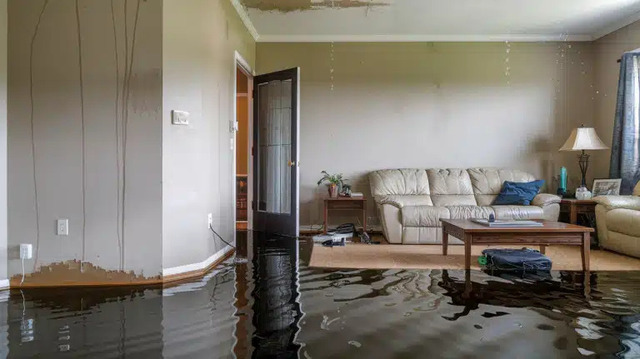
Record the damage for the insurance claim
Closing thoughts
With floods becoming more frequent and severe due to climate change and urban development, taking proactive steps, such as creating an emergency plan, securing important documents, and staying informed, can make all the difference. By knowing the risks and acting early, you give yourself the best chance to stay safe when flooding strikes. Don’t wait until it’s too late, prepare for flooding now!
Một Số Câu Hỏi Thường Gặp
◎ Install backflow or check valves to stop floodwaters and sewage from backing up into your home.
◎ Use sump pumps with battery backups to remove water from basements or crawl spaces.
◎ Elevate your property or key utilities above flood levels to minimize damage.
◎ Create permeable surfaces and green infrastructure like rain gardens or green roofs to absorb and reduce runoff.
◎ Build physical barriers such as floodwalls, levees, or install flood-resistant doors and window seals to keep water out.

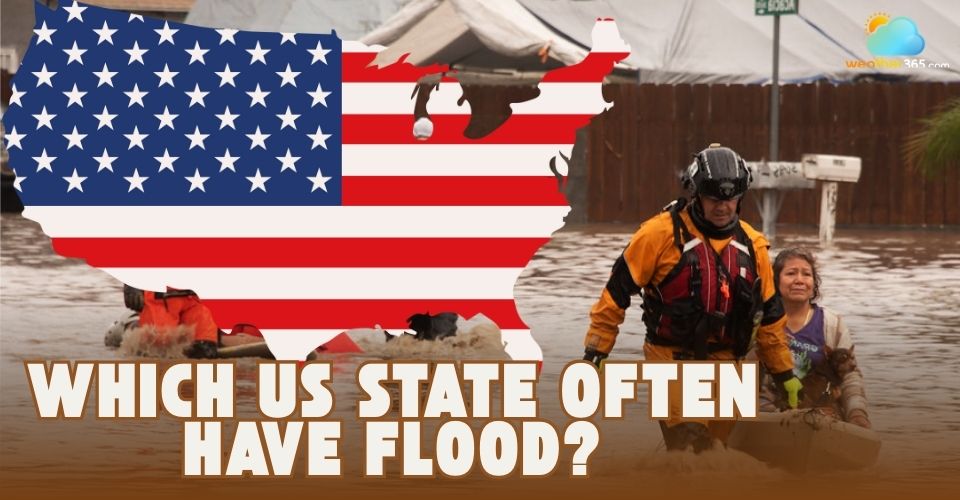
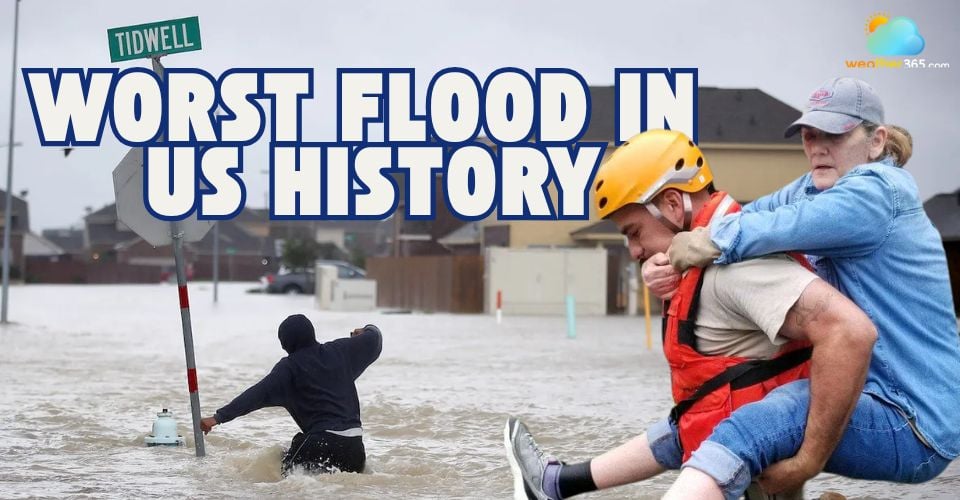
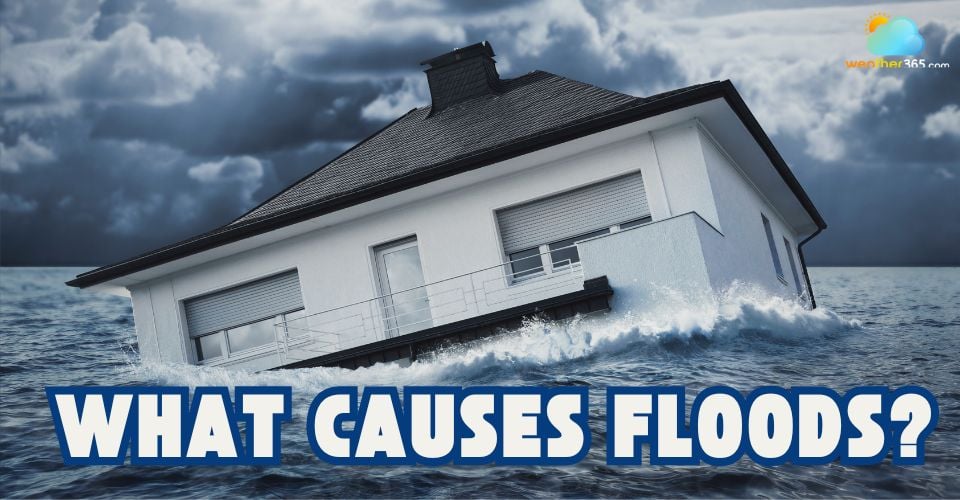
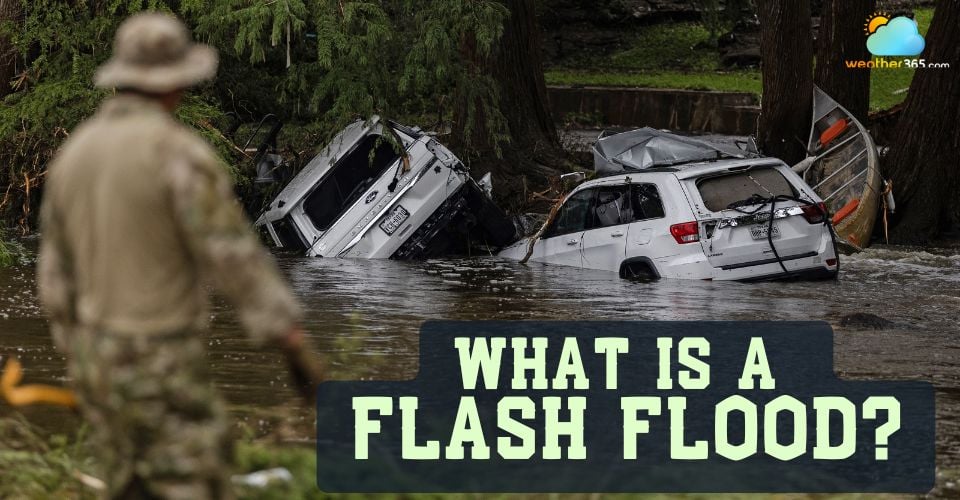
0 Comment
Leave a comment
Your email address will not be published. Required fields are marked *